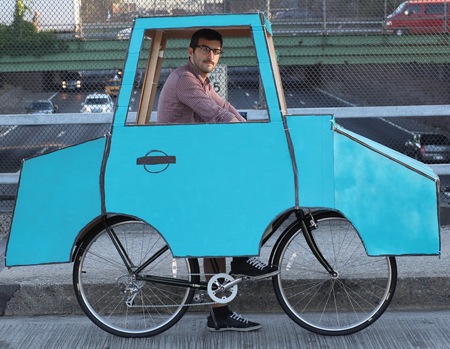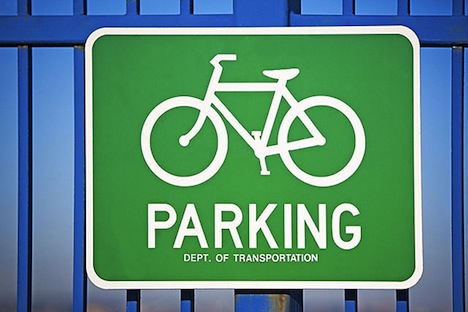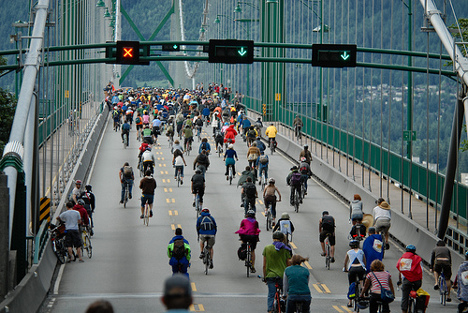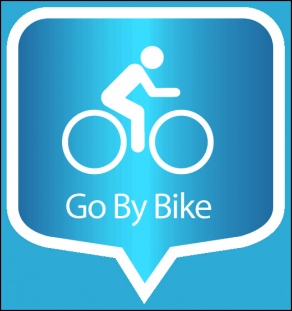Ideas for Wellington #1 – Bikepaths across the Cake Tin concourse
This is the first in a series of ideas for Wellington, which will be mostly bicycle, and public transport related.
This is the first in a series of ideas for Wellington, which will be mostly bicycle, and public transport related.

When challenged to come up with a way to inspire more people to bike for transportation in addition to recreation, three three "former non-bikers" from New York City proposed a campaign to focus on mutual respect between drivers and bikers. The team, calling itself "!ola," was one of four competitors in a contest sponsored by Yoxi, a new site dedicated to social innovation. In its debut competition, Yoxi (pronounced yo-see) posed this question:

In a city where bike theft is a very good reason to make you doubt about riding somewhere, providing parking facilities is almost as important as creating new bike paths.
Researchers have identified policies in Denmark, Germany and The Netherlands that have made cycling safe, convenient and mainstream in these countries. Coordinated transport, educational and land use measures have increased the popularity of this sustainable mode of transport over recent decades.
Download document here (PDF 100KB)
Hi all,
Just letting you all know that we now have information on Model Communities on our Website.
You can access the info at either of the two links below;
Walking & Cycling
Model Communities
It should provide you with a good overview of Model Communities but if you have any further queries don’t hesitate in touching base.
Gerry Dance
More than $5 million is to be spent on four paths linking Hastings, Flaxmere, Havelock North and Clive.
Hastings is to receive funding under the New Zealand Transport Agency's walking and cycling model communities plan, which aims to encourage councils to integrate walking and cycling in transport planning.
From 22 council expressions of interest, Hastings and New Plymouth have received nearly $4 million each to complete their winning plans.
NZTA central regional director Jenny Chetwynd said urban centres across New Zealand would be encouraged to follow suit.

The bicycle has many attractions as a form of personal transportation. It alleviates congestion, lowers air pollution, reduces obesity, increases physical fitness, does not emit climate-disrupting carbon dioxide, and is priced within the reach of the billions of people who cannot afford a car. Bicycles increase mobility while reducing congestion and the area of land paved over. Six bicycles can typically fit into the road space used by one car. For parking, the advantage is even greater, with 20 bicycles occupying the space required to park a car.

It has become a kind of mantra for cities looking to encourage cycling through a widening network of bicycle lanes: Build them, and the riders will come.
And, it turns out, the same might be said of bicycle thieves.

Why cycling?
The UK – and the world – faces major policy challenges including climate change, economic crisis, and the rise in limiting, costly illnesses linked to low levels of physical activity. Transport contributes to these problems.

The month of June marks the running of Trek’s Go By Bike campaign in the UK. For 2010, Trek has partnered with advocacy organizations London Cycling Campaign (LCC), CTC-The UK’s National Cyclists’ Organisation, and Sustrans.